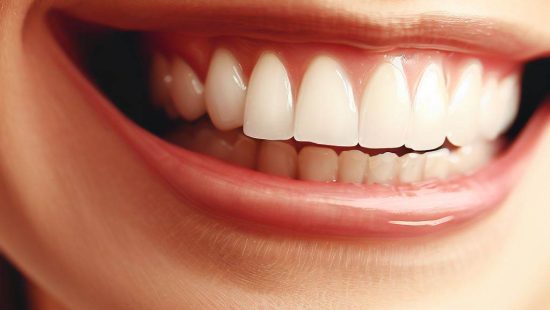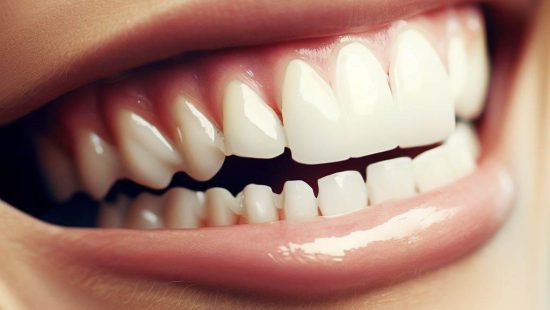The Uninvited Guest: Understanding the Calculus Bridge
Dental health is an essential part of our overall well-being, yet many tend to overlook it. While cavities, gum diseases, and bad breath are commonly addressed concerns, the calculus bridge is less frequently discussed. Let’s dive deep into understanding this dental phenomenon.
1. What is a Calculus Bridge?
A calculus bridge refers to a significant accumulation of dental tartar that spans and attaches to multiple teeth, creating a ‘bridge’ of hardened plaque. Over time, when plaque isn’t efficiently removed from the surface of teeth, it hardens due to the mineral content in saliva and becomes tartar or calculus. When this happens extensively, a visible and thick bridge-like formation appears.
2. Causes: Why Does It Form?
The primary reason for the formation of a calculus bridge is poor oral hygiene. Infrequent brushing, not flossing, and missing regular dental cleanings can result in plaque buildup. Factors like smoking, certain medications, and diet can also increase susceptibility.
3. Consequences: Is It Just a Cosmetic Concern?
While a calculus bridge can be unsightly, it’s not merely a cosmetic problem. The buildup can irritate the gums, leading to gingivitis (gum inflammation) or even more severe gum diseases. Moreover, the areas under and around the calculus become hard to clean, allowing bacteria to thrive.
4. Addressing the Bridge: Treatment Options
The removal of a calculus bridge is a job for dental professionals. A common procedure, scaling, is used where dentists employ specialized instruments to scrape away the hardened tartar. For advanced cases, root planing may also be required.
5. Prevention: Keeping the Bridge at Bay
Preventing a calculus bridge is simpler than addressing one. Regular brushing (twice a day) with fluoride toothpaste, daily flossing, and using an antiseptic mouthwash can keep plaque in check. Additionally, regular dental check-ups and professional cleanings are crucial.
Conclusion:
A calculus bridge, while a daunting dental challenge, is preventable and treatable. Recognizing its signs and understanding its implications is the first step towards maintaining a healthy smile. Remember, when in doubt, always consult your dentist!
Resources:
Disclaimer: The information presented in this article is for general informational purposes only. It may not reflect the latest updates and might not be exhaustive or accurate. Do not use this as a foundation for medical, legal, financial, or other professional decisions. Relying on this information is solely at the reader’s risk. Premier Healthline disclaims any accountability for losses, damages, or injuries arising from the use of this content. Be aware that this article might include affiliate links and advertisements. Their presence does not mean that Life Medical endorses or approves of the linked products or services. We are not accountable for the content, reliability, or viewpoints expressed on external websites. Should you decide to make a purchase through these links, we may earn a commission from the sale. This doesn’t affect the price you pay nor signifies an endorsement of the purchased products or services.

 Calculus Bridge: When Dental Stuff Gets Wild!
Calculus Bridge: When Dental Stuff Gets Wild!  Calculus Bridge: The Dental Intruder You Didn’t Know About!
Calculus Bridge: The Dental Intruder You Didn’t Know About!  Chill Out: 10 Natural Ways to Wave Goodbye to Anxiety!
Chill Out: 10 Natural Ways to Wave Goodbye to Anxiety!  Finding Calm in the Storm: Natural Ways to Reduce Anxiety & Embrace Zen
Finding Calm in the Storm: Natural Ways to Reduce Anxiety & Embrace Zen  Finding Nature’s Embrace: How the Earth Helps Calm Our Minds
Finding Nature’s Embrace: How the Earth Helps Calm Our Minds  Jelly Roll’s Weight Loss: Dude’s Got Grit, and It Shows!
Jelly Roll’s Weight Loss: Dude’s Got Grit, and It Shows!